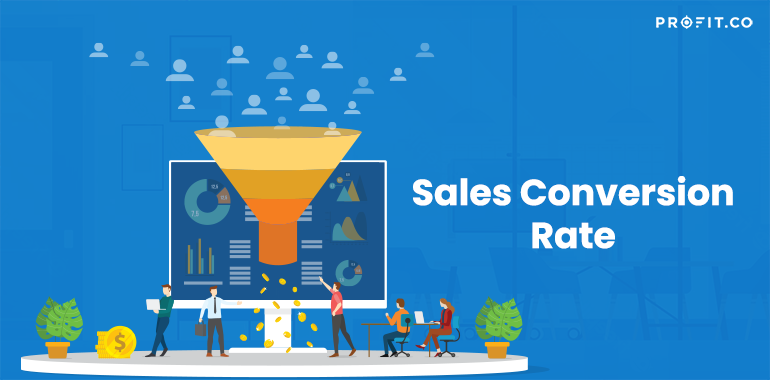How able is your team to turn leads into new customers? If you are a business owner and don’t know that, you will be able to find out through the sales conversion rate. Basically, it lets you measure how likely your team is to be able to do that.
So, are you eager to find out more about it? Read to find out then, because this article contains brief information that may come in handy.
What is the Sales Conversion Rate?
Basically, the sales conversion rate is a metric that calculates the effectiveness of your team when it comes to converting leads into new customers. It’s essential when aligning your sales and marketing team because both teams are going to use this equation to estimate the leads’ quality.
The leads generation process is the marketing’s responsibility. So, that team is going to engage in the activities meant to generate leads. Let’s say that, for instance, a marketing team will organize and execute a conference sponsorship in order to generate sales-ready prospects. As soon as the leads are qualified by the marketing, the sales have the responsibility to convert them into paying clients.
Marketing is maybe able to generate about 100 leads for sales, so working with those leads may help win 10 new customers, which means it’s a 10% conversion rate. However, is it good or bad? Well, the answer depends on your performance in the past and the benchmarks of the industry. 10% sales aren’t something that is necessarily bad or good – it all comes to what you sell and the market you sell to.
What is the Formula?
It’s not that hard to calculate the sales conversion rate. There are two ways to calculate it, and they go like the following:
(Number of conversions / Number of clicks) x 100
(Leads converted into sales / qualified leads) x 100
How can you Measure it?
Marketing and modern sales face an old challenge, which is how to attribute leads and prospects to a certain marketing activity or channel. The most advanced attribution models are not free of errors either, considering prospects may be influenced by a lot of offline and online factors.
Conversion rates are usually tracked when the number of qualified leads are measured compared to the number of new wins. That can happen either by a campaign, by channel, by a program, or left at a high level in order to encompass all leads.
One way to successfully do that is by estimating the conversion rates by analyzing progress through a discrete funnel with defined stages. For example, it can be done by looking at the marketing qualified leads vs the marketing captured leads. Usually, this process is called a customer lifecycle or lead. Lifecycles have the ability to estimate conversion rates by giving both sales and marketing a common frame of reference for the journey the buyer has.
To sum up, the sales conversion rates show you whether your team is effective when it comes to converting leads into new customers. Hopefully, you are more familiar with the term now and know how it works.
